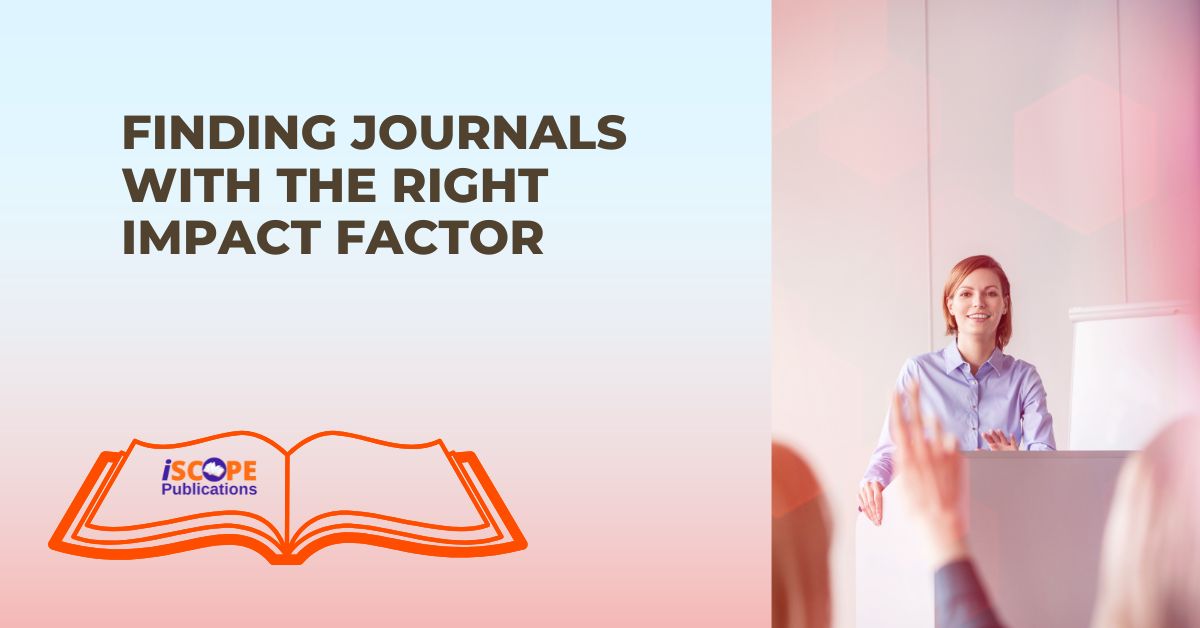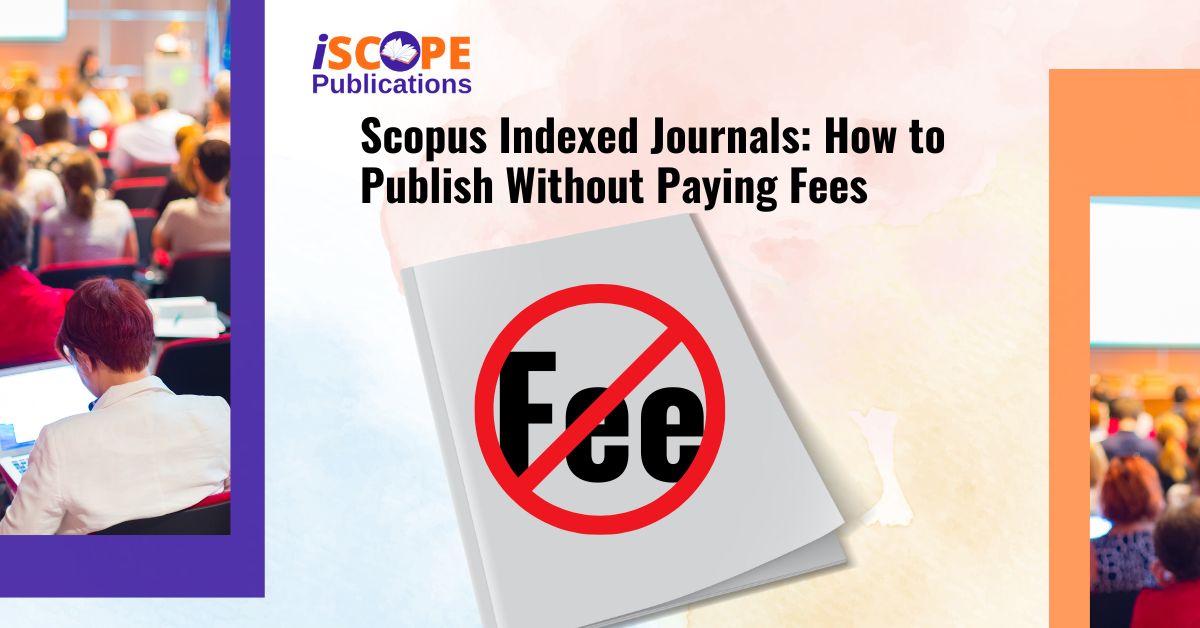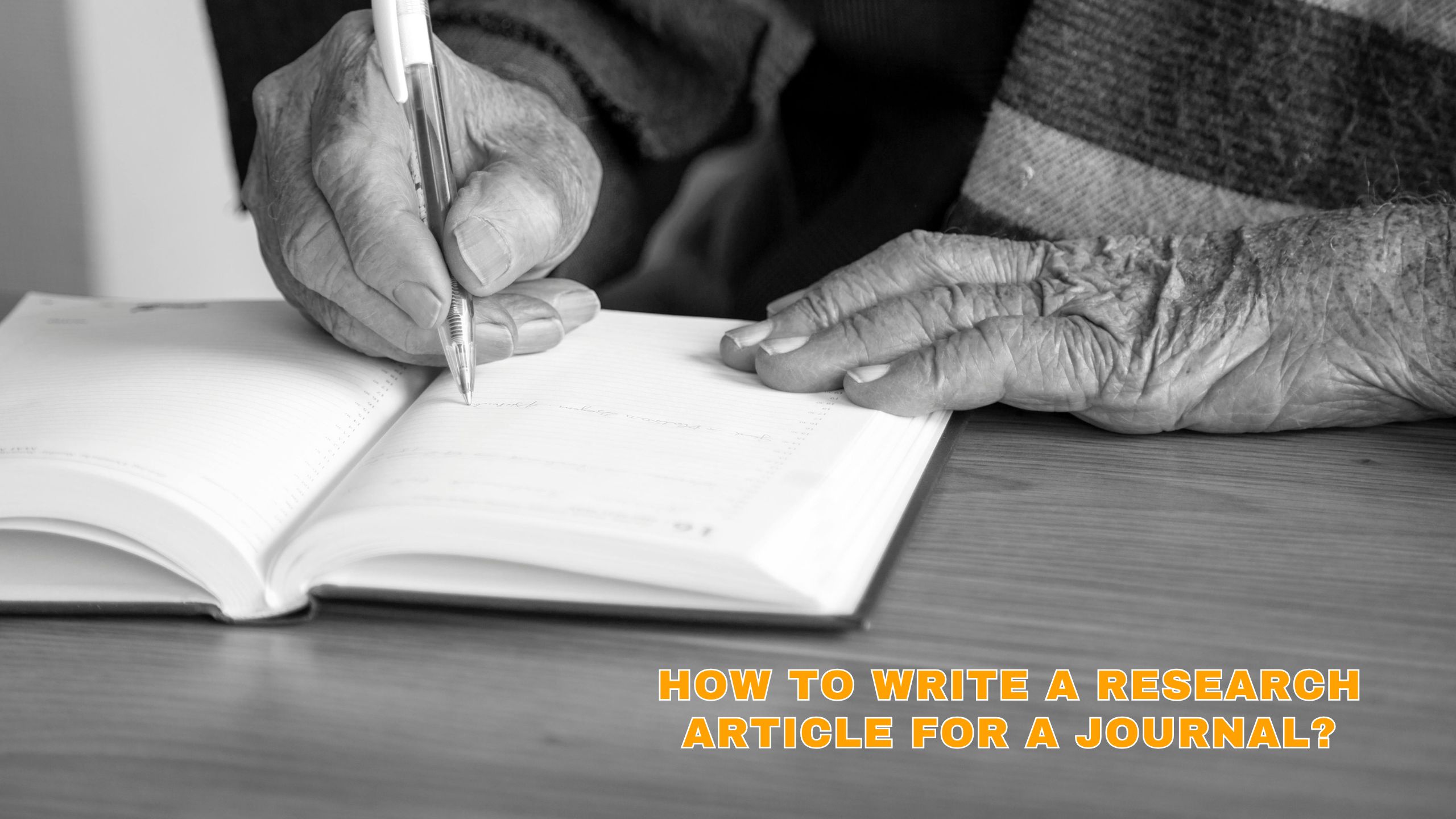In academic publishing, the credibility of research largely depends on how thoroughly it has been evaluated before being shared with the world. That’s where the peer review process comes in — an essential quality-control system that ensures published studies meet the highest academic standards.
Among the various review models, the double-blind peer review stands out as one of the most fair and unbiased approaches, valued across the scientific and academic community for its integrity and neutrality.
Find what exactly is this process, and why do journals still rely on it so heavily? Get details on every aspect.
What Is the Double-Blind Peer Review Process?
The double-blind peer review process is a system designed to eliminate bias in academic publishing. It ensures that both the author and the reviewers remain anonymous to one another throughout the review cycle.
How to Choose the Best Journal for Research Publication?
This system means the reviewer does not know who wrote the paper, and the author never learns who reviewed it. This mutual anonymity allows reviewers to provide honest, critical, and constructive feedback without fear of backlash or favoritism.
For example, if a famous scientist or a researcher from a top-tier university submits a paper, anonymity prevents reviewers from being influenced by their name or reputation. Similarly, it protects authors from potential discrimination that might arise from gender, nationality, or institutional affiliation.
In essence, double-blind peer review focuses entirely on the content, methodology, and contribution of the research — and not the person behind it.
How Does the Double-Blind Peer Review Work?
The double-blind peer review follows a carefully structured process to ensure transparency and fairness at every stage. Let’s break it down step by step:
1. Manuscript Submission
The author submits the paper to the journal’s editorial system. The manuscript is prepared in a way that removes any identifying details — such as names, affiliations, or acknowledgments — ensuring complete anonymity.
2. Editorial Screening
The editor performs an initial review to ensure the paper aligns with the journal’s focus, adheres to ethical standards, and meets basic submission requirements. This stage filters out unsuitable or low-quality submissions early on.
3. Reviewer Selection
The editor then selects qualified reviewers who have expertise in the specific subject area. Reviewers are chosen based on their professional background and past publication history, ensuring that the evaluation is both rigorous and informed.
4. Review Process
Reviewers assess the paper’s originality, research design, methodology, data accuracy, literature review, and overall significance. They then write detailed reports suggesting acceptance, revision, or rejection.
5. Decision and Feedback
After receiving feedback from reviewers, the editor makes the final decision. The author receives constructive feedback to improve their work — without ever knowing who the reviewers were.
This entire process ensures that research is evaluated purely on scientific merit and not personal bias.
Why Journals Use Double-Blind Peer Review
Journals adopt the double-blind peer review model for several critical reasons that strengthen both credibility and inclusivity in publishing:
- To Reduce Bias: Reviewers can’t be influenced by an author’s reputation, gender, or nationality. This ensures that every paper is judged equally.
- To Promote Fairness: Early-career researchers and scholars from less-known institutions get the same fair chance as those from prestigious universities.
- To Enhance Objectivity: When names are hidden, reviewers focus entirely on the quality of content, data integrity, and originality.
- To Build Credibility: Readers trust journals that follow strict review processes, knowing that published work has undergone impartial evaluation.
- To Encourage Honest Feedback: Reviewers can critique openly without worrying about offending a known colleague.
For these reasons, many leading academic publishers — such as Elsevier, Springer Nature, Wiley, and Taylor & Francis — rely heavily on double-blind peer review for their top-tier journals.
Double-Blind vs. Single-Blind vs. Open Peer Review
While double-blind peer review is widely respected, other models also exist — each with its own advantages and challenges.
| Review Type | Author Knows Reviewer? | Reviewer Knows Author? | Transparency Level | Typical Use |
|---|---|---|---|---|
| Single-Blind | No | Yes | Moderate | STEM fields and technical journals |
| Double-Blind | No | No | High | Social sciences, medicine, humanities |
| Open Review | Yes | Yes | Very High | Emerging trend in open-access journals |
- Single-Blind Review: The reviewer knows the author’s identity, which can lead to unconscious bias, especially when assessing researchers from lesser-known institutions.
- Double-Blind Review: Both parties remain anonymous, ensuring fair and unbiased evaluation.
- Open Peer Review: Both identities are disclosed, promoting transparency but sometimes discouraging honest criticism.
In essence, the double-blind system strikes the perfect balance between confidentiality, objectivity, and credibility.
Challenges and Limitations of the Double-Blind Peer Review
While the double-blind model is highly respected, it’s not without flaws:
- Identity Guessing: In specialized fields, reviewers may guess an author’s identity based on topic, writing style, or self-citations.
- Extra Preparation: Authors must spend additional time removing all traces of identifying information, including metadata and acknowledgments.
- Reviewer Accountability: Since reviewers remain anonymous, there’s a small risk of overly harsh or biased reviews without consequence.
- Transparency Debate: Some argue that open review systems are more transparent and accountable.
Despite these issues, the double-blind peer review remains one of the most reliable systems, offering a strong balance between anonymity and accountability in academic publishing.
Best Practices for Authors Submitting to Double-Blind Journals
For authors, preparing a manuscript for double-blind submission requires attention to detail. Here are essential tips:
- Remove All Personal Identifiers: Delete your name, institution, and contact information from the title page, headers, and footnotes.
- Avoid Self-Citations That Reveal Identity: Instead of “In our previous study (Smith, 2023)…,” use “In a previous study (Smith, 2023)…” or “Previous research suggests…”
- Anonymize Acknowledgments: Avoid mentioning grants or collaborations that could expose your identity.
- Clean Metadata: File properties often contain author information — always check before submission.
- Follow Journal Guidelines: Each journal provides specific rules for anonymous submissions; read them carefully.
These steps ensure that your paper is evaluated fairly, solely on the strength of your research.
Role of Editors in Ensuring Fair Double-Blind Reviews
Editors are the cornerstone of the peer review process. Their ethical responsibility ensures that the entire system remains fair, unbiased, and transparent.
Editors:
- Select qualified reviewers who are experts in the subject area.
- Screen for conflicts of interest to ensure impartial evaluations.
- Monitor reviewer performance and feedback tone.
- Ensure anonymity is maintained throughout the review cycle.
- Make final decisions based solely on the manuscript’s merit.
A responsible editorial board is what keeps the double-blind review system credible and respected worldwide.
Impact of Double-Blind Peer Review on Research Quality
The double-blind peer review process has a significant and positive impact on research integrity and quality:
- Encourages Stronger Research: Authors know their work will be evaluated purely on merit, motivating them to produce higher-quality studies.
- Promotes Equality: Researchers from smaller universities or developing countries gain equal publication opportunities.
- Increases Reader Trust: Readers have more confidence in findings published through double-blind systems.
- Improves Reviewer Behavior: Anonymity encourages reviewers to focus on content, not personality.
By prioritizing fairness and objectivity, the double-blind system plays a vital role in maintaining the academic credibility of journals.
As the world of publishing moves toward greater openness and technology integration, double-blind peer review continues to safeguard the core value of academia — unbiased truth.
FAQs
1. What is Double-Blind Peer Review?
Double-blind peer review is a system where both the author and the reviewer remain anonymous throughout the evaluation process. This anonymity helps ensure that the manuscript is judged purely on its academic quality and scientific contribution.
2. Why Do Journals Use the Double-Blind Review Model?
Journals implement the double-blind process to minimize reviewer bias related to author identity, institutional affiliation, reputation, or nationality. It promotes impartiality and strengthens the integrity of academic publishing.
3. How Should Authors Prepare a Manuscript for Double-Blind Submission?
Authors must remove all identifying information, including names, affiliations, acknowledgements, and self-references. File metadata should also be cleared to maintain complete anonymity during review.
4. Does Double-Blind Review Completely Eliminate Bias?
While the system significantly reduces identity-based bias, it cannot fully eliminate all forms of bias. Reviewers in niche disciplines may still infer an author’s identity from content or citation style.
5. What Are the Key Advantages for Early-Career Researchers?
The double-blind system offers early-career researchers an equitable platform by ensuring that their work is evaluated solely on quality and originality, not on experience, reputation, or institutional prestige.
6. What Challenges Are Associated with the Double-Blind Process?
Challenges include the difficulty of maintaining complete anonymity, the added effort required for manuscript anonymization, and potential identity exposure through preprints or self-citations.
7. How Do Editors Maintain the Integrity of the Double-Blind Process?
Editors verify that submissions meet anonymization requirements, select unbiased reviewers, and oversee the process to ensure fairness and confidentiality throughout the review cycle.
8. Can Preprint Publications Affect Double-Blind Review?
Yes. Posting a preprint with author details may allow reviewers to identify the manuscript. Authors should carefully review the journal’s policy on preprints before submission.
9. What Is the Typical Duration of a Double-Blind Review?
The review period generally ranges from several weeks to a few months, depending on the journal’s workflow, reviewer availability, and the complexity of the manuscript.
10. Should Authors Opt for Double-Blind Peer Review When Possible?
Yes. Double-blind peer review remains one of the most effective models for achieving fair, unbiased, and credible evaluation in academic publishing. Authors seeking impartial assessment are strongly encouraged to choose this option.



